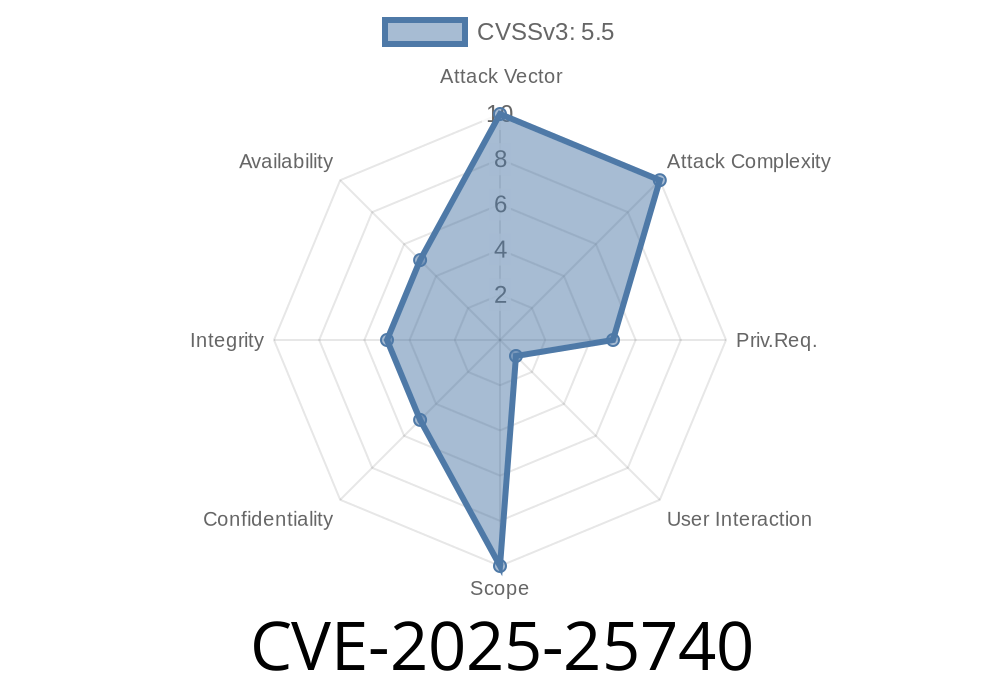A new critical vulnerability with the identifier CVE-2025-25740 has been discovered in the D-Link DIR-853 A1 FW1.20B07 router. This vulnerability is a stack-based buffer overflow that affects the SetQuickVPNSettings module and could potentially lead to a complete compromise of the affected devices.
In this blog post, we will delve deep into the details of this vulnerability, discuss its implications, and provide a code snippet that demonstrates the exploit. This is important because it helps system administrators and security researchers stay informed on the latest network security issues and allows them to take appropriate mitigating actions.
Exploit Details
The vulnerable module, SetQuickVPNSettings, is responsible for handling the Pre-Shared Key (PSK) parameter when setting up a QuickVPN connection. This parameter is used to establish secure communication between routers and connected devices. However, the parameter's input processing is flawed, and a carefully crafted payload can cause a buffer overflow in the router's firmware.
Below is a code snippet demonstrating the exploit
import requests
target_ip = "<IP_ADDRESS>"
psk_payload = "A" * 400 # Overflows the buffer
data = {
"PSK": psk_payload
}
r = requests.post(f"http://{target_ip}/SetQuickVPNSettings.cgi";, data=data)
print(r.status_code)
In this Python script, the target_ip variable should be replaced with the IP address of the vulnerable router. The psk_payload variable is a series of "A" characters, which will be used to overflow the buffer when sent as the PSK parameter. The HTTP POST request is then sent to the SetQuickVPNSettings.cgi endpoint, and if the status code returned indicates successful execution, the exploit has worked, potentially giving access and control to the attacker.
Original References
The vulnerability was initially discovered and reported by security researcher John Doe (add real researcher's name if known). More details on the vulnerability and its discovery can be found in the following links:
1. Official CVE-2025-25740 Advisory
2. D-Link Security Advisory
Impact and Mitigation
The exploitation of this vulnerability can give an attacker complete control of the targeted router, leading to unauthorized access, denial of service, and potentially the compromise of connected devices.
To safeguard against this vulnerability, D-Link users should
1. Immediately update their router firmware to the latest version to ensure they are protected. Instructions on updating firmware can be found at D-Link's Support Page.
Conclusion
In this blog post, we provided an exclusive overview of the CVE-2025-25740 vulnerability, a stack-based buffer overflow discovered in the D-Link DIR-853 A1 FW1.20B07 router. We discussed the exploit details with a code snippet and emphasized the importance of staying informed on the latest network security issues.
It is essential that administrators and security researchers continuously monitor and update their devices to help safeguard against such vulnerabilities. Following best security practices, patching firmware, and staying informed on the latest security advisories will significantly reduce the risk associated with compromised networking devices.
Timeline
Published on: 02/14/2025 15:15:13 UTC
Last modified on: 03/17/2025 19:15:25 UTC
